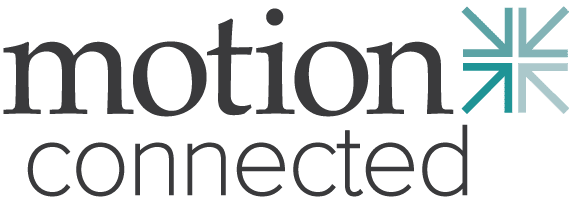
As we enter the New Year, it is a perfect time to reflect on our experiences over the past 12 months. What has driven success? What capabilities are clients asking for? What do their employees expect? How can wellness stay effective, or finally become relevant?
Here are the top ten trends we see emerging as we move into 2020.
1. Programs with defined strategy work.
Whether a world-renowned health system with 60,000 employees, or a construction company with 140 employees, the first trend we see is clear. A defined strategy for achieving success produces meaningful outcomes. In comparison, programs that check a box, or try to "boil the ocean" tend to fail. All wellness programs are not made equal – strategy and execution matter.
2. Strong leadership goes a long way.
The best-performing programs have strong leaders who are actively involved. This helps create program relevance, motivates employees to want to participate, and helps allocate necessary resources. “Walking the walk” goes a long way in delivering success.
3. Year-round behaviors are key.
More and more, employers are recognizing that a “point in time” program (biometric screenings only) or a program comprised of a few “events” dispersed throughout the year does not drive sustained behavior change.
Engaging employees in year-round, high-impact, healthy behaviors is a key element of a successful program.
4. Affordable programs are being implemented.
Comprehensive digital platforms are often out of reach from a financial perspective, particularly for small- or medium-sized employers. Employers are more and more deciding to move forward with an affordable, limited program scope rather than “do nothing”. The good news is, we’ve found that focusing on the right initial behavior(s) acts as a gateway or catalyst to more healthy lifestyle changes.
5. Employees want to manage their own successes.
An increase in consumer experiences throughout other areas of life is helping to drive a trend toward self-management. Employees are increasingly seeking wellness programs that provide them with the tools to be successful “on their own time”. A great example of this is the Healthy Choice program at Cleveland Clinic, where employees with a slightly elevated BMI (27-29.9) do not want to enter a formal “weight loss class” or “coaching program”. Their direct feedback shows they are looking for tech-driven solutions that will allow them to self-monitor and reinforce positive behaviors.
6. Best practices are the practical solution for busy administrators.
While many HR teams we work with appreciate a program that can provide flexibility and custom options, there is a growing realization that having an evidence based “default” pathway is more pragmatic. Often, administrators don’t have the time and/or expertise to develop customized options for their employees – even simple tasks such as challenge creation. So, we are being asked more frequently to automate our solutions around “best practices”.
7. Mobile-first is at a tipping point.
Today, two-thirds of our platform sign-ins are via mobile devices – smartphones or tablets. While it is important for us to provide solutions for all types of technology users, it is clear that “mobile-first” has reached a tipping point. Providing easy access to programs via our app and enhancing engagement through push notifications will help meet this growing employee expectation in 2020.
8. Trusted, local coaches form lasting relationships.
Traditional coaching programs that focus on a reasonable alternative to biometric outcomes or targeting high-risk employees have very low uptake. While many carriers offer these types of services, employers are expecting more meaningful results. A trend we see is toward trusted, “local” coaches who can create a personal and lasting relationship with employees.
9. The push towards effective communication with employees.
Whether it is wellness, benefits, or general company information, we see a strong trend toward employers looking for effective ways to communicate with employees. How do you reach a dispersed population who are increasingly “living” through their smartphone?
Employers are looking for options that can provide a “mobile intranet” experience. AI driven solutions can clearly play a part in helping to prioritize messages and content. However, it is important that AI is in synch with human behavior – how many messages or content pushes are too many? What is viewed as too intrusive? We believe it is the solutions that get this mix right that will ultimately succeed.
10. Wearable activity trackers are the #1 engagement tool.
It is not surprising when you look at many of the trends highlighted above that more and more employers are choosing to start programs with a focus on walking programs – since the devices help achieve year-round behaviors, affordability, self-management, administrative automation, and mobile first.
Being physically active is a high impact behavior that is inclusive, fun, easy to deploy, and provides users with autonomy. We see this being linked with the communication trend noted in #9 –what better place to message employees than where they are voluntarily coming in large numbers and engaging on a frequent basis? Without fail, activity tracking is the #1 element for all our programs in terms of engagement – whether that is challenge-based or personal progress.
Wearable technology is also the #1 Fitness Trend for 2020 according to the annual survey completed by American College of Sports Medicine. Showing that employees/consumers are looking to wearables as they make healthy changes to their lifestyle.
With these trends in mind companies will be able to make a bigger impact on their culture, on employees' lifestyles and on overall healthcare costs. 2020 will be a year where employers start to expect more from their wellness program.
___
We wish you and your employees a very happy, healthy, and productive 2020
